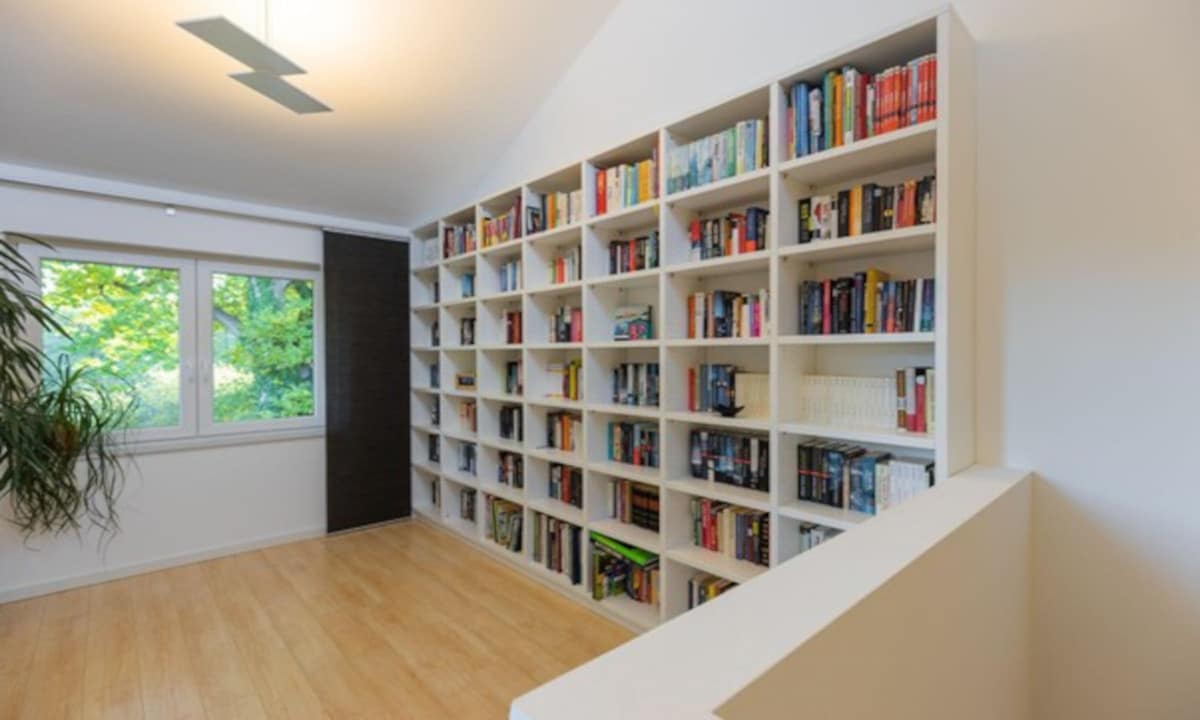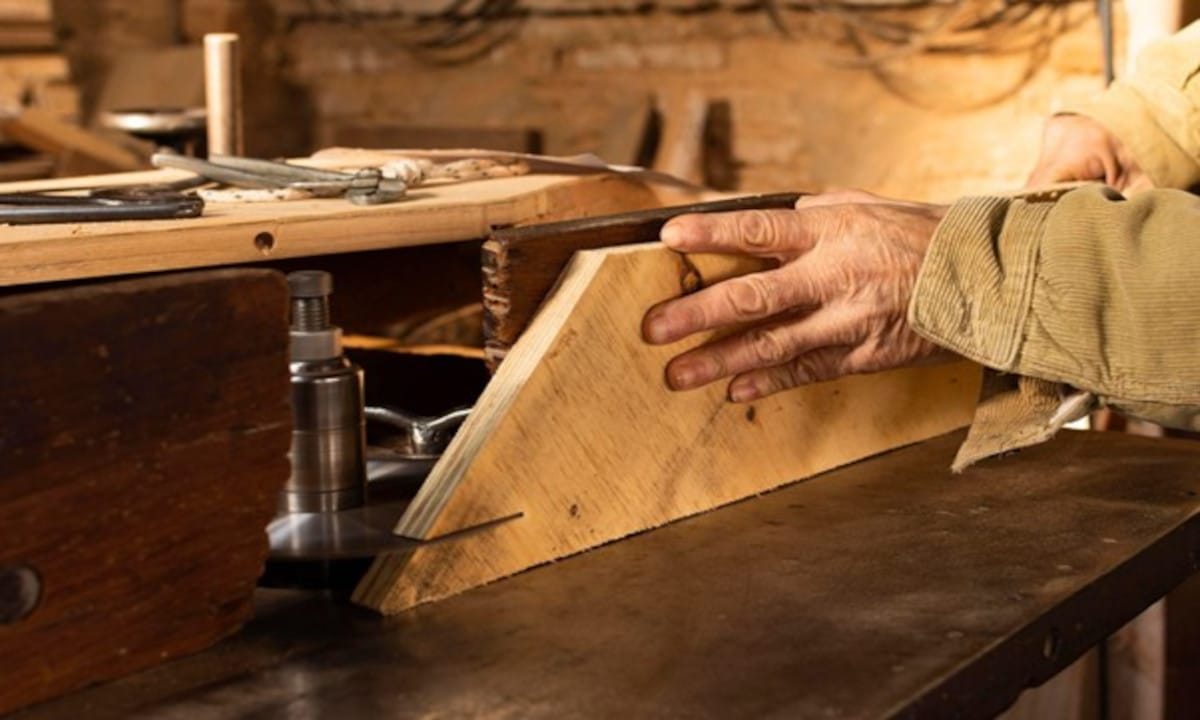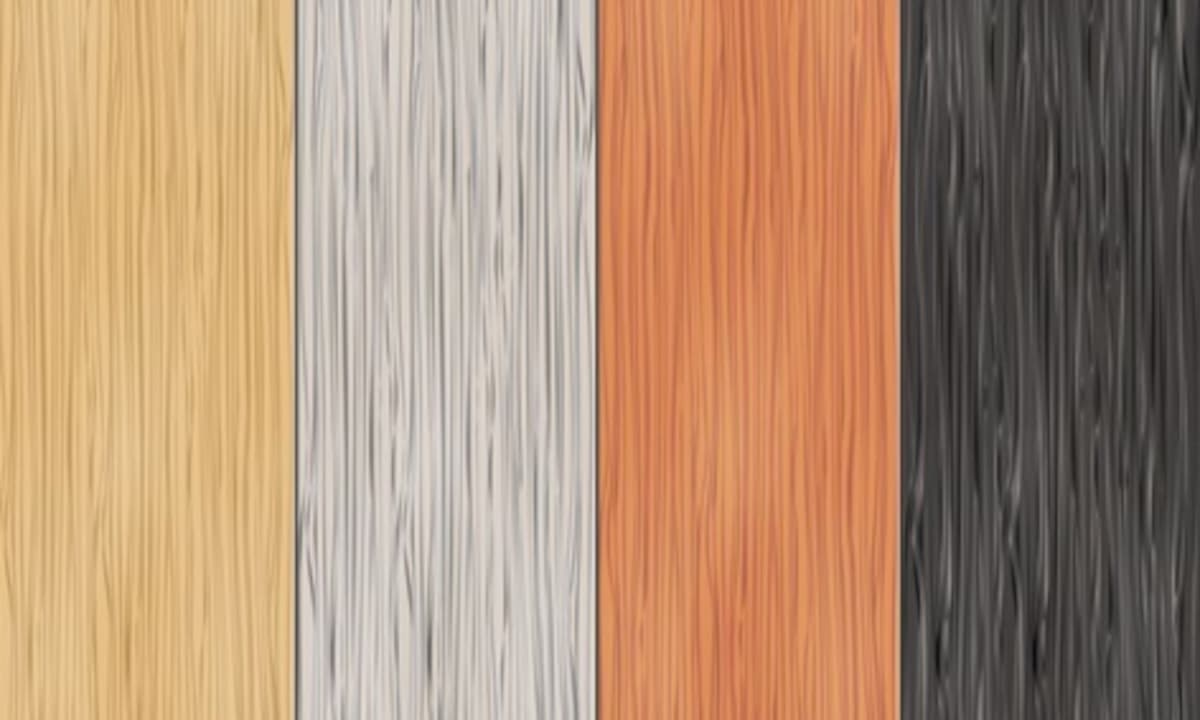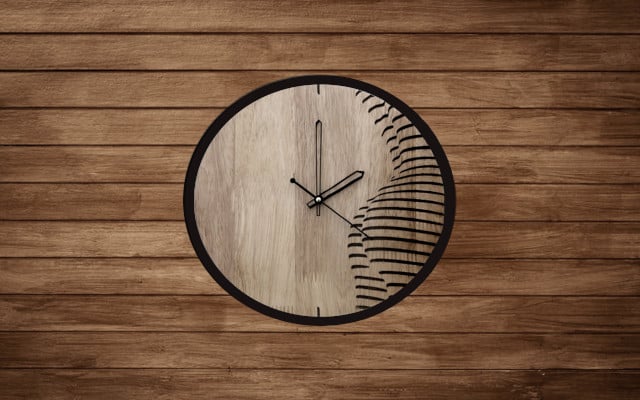Plywood is a sheet material made from thin strips of wood glued together. Material MDF means Medium Density Fibreboard. It is made from wood fiber and binding resins under a hot press. Let’s highlight the differences and scope of these materials, and also find out which is better: MDF or plywood.

Photo: Unsplash
Plywood Vs MDF: What is It
What are MDF and plywood, you may want to know? MDF is produced in the form of sheets, panels, or slats from the smallest sawdust. The output is absolutely even and smooth tiles with a dense structure. It differs from other similar materials by a fundamentally new adhesive composition, which includes such natural resins as paraffin and lignin. This increases the density, MDF strength, and moisture resistance of the material.
Plywood is a versatile sheet material that is made from wood veneer. Several sheets are glued under pressure, positioning them so that the fibers of adjacent sheets have a cross direction. This method makes the material more durable and resistant to deformations caused by loads, variable humidity, and mechanical stress.
The minimum number of veneer layers is 3, the maximum is 21. But the last parameter can be considered conditional because woodworking enterprises can also produce boards with a large number of layers to order.
Advantages and Disadvantages of MDF
Talking about MDF board vs plywood let’s list the main advantages of MDF:
- The versatility of the material. Due to its structure, MDF is very popular and widely used in various areas of human life such as the furniture industry, construction, and interior design.
- A rich variation range of MDF boards allows even the most demanding consumer to choose a suitable color.
- MDF is a fairly solid material and is not subject to minor mechanical damage. In addition, due to the density, the plates perfectly hold fasteners, which significantly extends the life of furniture, wall, or ceiling panels.
- Fibreboards are not subject to the natural process of decay, as well as to the effects of other pathogens that destroy the basis of the material.
- Environmental friendliness. In the manufacture of MDF panels, no synthetic additives are used, which makes it possible to compare the safety of the material with solid wood. The use of natural ingredients makes MDF safe for health. Even over time, the material does not emit toxic compounds.
- Homogeneity of the material. MDF boards are made from a homogeneous mass of wood fibers mixed with an adhesive, which guarantees the absence of external and internal defects. The plates are absolutely smooth and even.
- Compared to solid wood furniture, MDF products will last much longer if properly cared for.
- Heat and sound insulation.
Considering MDF wood vs plywood, we should mention the main disadvantages of MDF:
- MDF ignites quickly in contact with an open flame. The material may ignite upon prolonged contact with hot objects. The cause of ignition can even be faulty wiring, next to MDF furniture.
- Low resistance to mechanical damage. Despite the high density of the material, particle boards can be damaged if you hit them with a heavy object.
- Particleboards are characterized by high cost compared to other materials such as fiberboard or plywood.

Photo: freepik
Advantages and Disadvantages of Plywood
When choosing between plywood or MDF, it is worth considering the advantages and disadvantages of each material. Indeed, plywood has many advantages even over such building materials as dry board and wood:
- Plywood is a moisture-resistant building material that is almost 2 times less susceptible to the negative effects of moisture than a board. Therefore, birch plywood is an excellent material for wall cladding or flooring.
- Plywood bends. It is this quality that makes it indispensable in the manufacture of furniture and a favorite building material for many.
- Construction plywood does not warp and rots 2 times slower than natural wood.
- Plywood is not subject to deformation due to its moisture resistance.
- The surface is resistant to high temperatures and sunlight, as well as heating, synthetic detergents, and various chemicals.
- Plywood is suitable for use in industrial, office, and residential areas.
- Plywood is not only practical and easy to use but also very easy to install. The installation of plywood takes a minimum of time, effort, and other building materials.
- Ply is durable and a very wear-resistant material.
- Plywood requires a minimum of maintenance and lasts for many years.
When thinking about medium-density fiberboard vs plywood, let’s highlight a few main disadvantages of plywood:
- The delamination of thin layers can leave the sheet vulnerable to moisture over time.
- When the material is wet, it becomes heavy. It needs a protective cover if used outdoors.
If the material will be used in conditions of high humidity, you should pay attention to water-resistant plywood.

Photo: freepik
Plywood VS MDF: What to Choose
The scope of MDF and ply intersect in the production of furniture. In other cases, you do not have to think about the difference between MDF and plywood and choose between these materials, since each material has its own scope. But what to make furniture from?
- MDF sheet in full form does not tolerate moisture very well. So it is more suitable for interior design, modular kitchens, wardrobe designs, and other furniture. Moisture-resistant plywood can be used outdoors but works best when the moisture level is low.
- MDF wood in full form is commonly used in low-cost furniture, doors, and interior panels, in construction where moisture is less likely to damage the material.
- Plywood is good for doors, exterior stairs, exterior cladding, floors, framing, interior railings and balustrades, interior stairs, shear walls, wood joinery, and wood portal frames in construction. Plywood bends easily with fiber, so it is often used to create curved surfaces.
- Due to the non-directional fiber structure, MDF is ideal for cutting, machining, and drilling without chipping.
- MDF’s smooth surface makes it ideal for simple furnishings that will be painted, while plywood adds strength to parts that need to be more durable. So if you ask if is MDF stronger than plywood, then the answer is no.
Now you know the difference between ply and MDF, as well as the features of each material. This will allow you to choose the right material for your purposes. The main thing is to choose MDF and plywood from reliable manufacturers, which will guarantee the high quality of the purchased material.



















